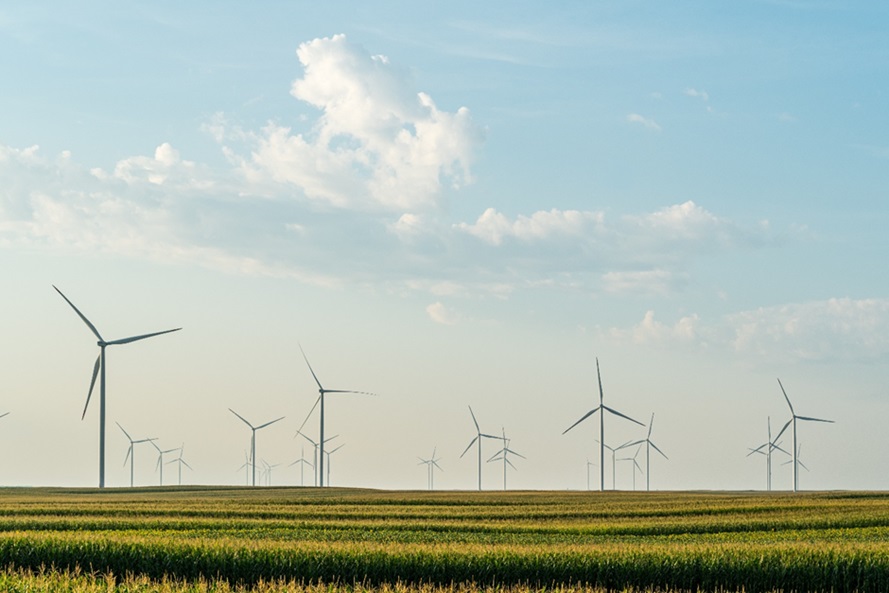The primary purpose of the Čibuk 2 wind farm is to reduce the national reliance on fossil fuels, in particular national coal resources and the import of natural gas. The Čibuk 2 wind farm will generate about 400,000 MWh of renewable energy each year, enough to power over 62,000 homes.
Development of the Čibuk 2 wind park was performed in line with all legal regulations in Serbia and the highest international standards in environmental protection. To achieve this objective the investor has engaged the leading international and local experts in the field of ecology.
The Environmental Impact Assessment Study was conducted in compliance with the requirements of the Equator Principles by a consortium of environmental and social specialists led by Pepper Advisory Ltd from the United Kingdom.
In brief, the Environmental Impact Assessment Study shows that Čibuk 2 wind farm, provided mitigation measures are adhered to, will create no or not significant envirnmental impact during the construction and operation phase. Given the location of the wind farm and the proximity of special nature reserve Deliblato Sands, a minimum of one year of post-construction bird and bat monitoring and mortality surveys will be undertaken in accordance with international best practice. In respect of noise, measurements show that no effect on the inhabitants is likely as the wind park area is far from the inhabited places.
The Čibuk 2 wind farm will have a positive effect in reducing emissions of harmful gases, especially carbon dioxide. Each year, this wind farm will replace the consumption of 311,200 tons of CO2. It will also reduce the annual emissions from existing coal-fired power plant by 12,700 tonnes of sulphur dioxide, 1,470 tonnes of oxides of nitrogen and 512 tonnes of fine dust.
The Čibuk 2 site covers about 4,750 hectares of land which is used intensively for agricultural production (mainly corn and sunflower). Importantly, the development of the wind farm will take very small areas of land and more than 99% of the land will remain under cultivation.
On the page ‘Documents’ you can download: Environmental Impact Assessment Study (EIA) and Environmental and Social Impact Assessment Study (ESIA).

